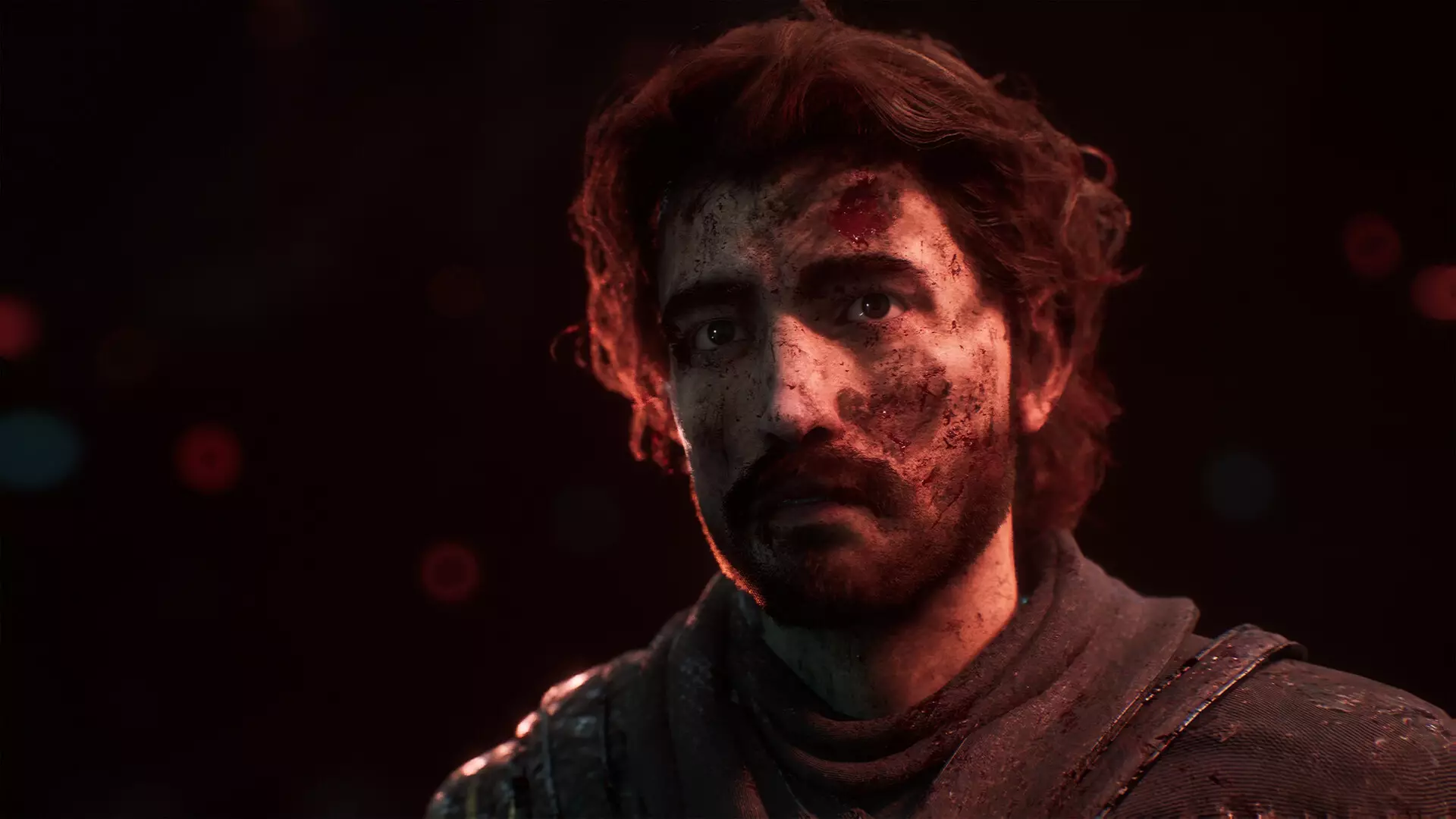In the landscape of modern gaming, storytelling often follows a familiar rhythm—heroes rise, challenges mount, and generally, the main character survives to see a resolution. Clair Obscur: Expedition 33 boldly disrupts this pattern by embedding a devastating twist at its very beginning: the death of its protagonist, Gustave. While initially perceived as an audacious narrative choice, this act of sacrifice is not arbitrary but a calculated move rooted in the game’s core themes of loss and emotional impact. The decision to kill off the lead character so early serves as a compelling reminder of what storytelling can achieve when it refuses to play it safe, forcing players to confront the unsettling reality of mortality and the fragility of attachment.
What makes Clair Obscur stand out is its deliberate subversion of player expectations. Most narrative-driven games tend to protect their protagonists, layering their stories with hope and resilience. Yet, this game unflinchingly reveals that even the most familiar heroes are vulnerable. Gustave’s death, which comes abruptly and shockingly, is a strategic act of storytelling that maximizes emotional resonance. It transforms the player’s engagement from mere gameplay into an immersive emotional journey. The game’s creators, through this bold choice, communicate that loss is an intrinsic part of life—an idea that resonates profoundly within the context of the game’s themes.
Creative Risks and Their Impact on Player Experience
The decision to kill Gustave was born from a mix of spontaneity and deeper artistic intent. According to game director Guillaume Broche, the idea originated in a brainstorming session with lead writer Jennifer Svedberg-Yen. What started as a joke—killing the protagonist—morphed into a serious narrative device. This shift from humor to gravitas demonstrates a remarkable willingness among the development team to challenge norms and take risks that pay off in emotional depth.
This narrative approach empowers players by disrupting their assumptions. They invest hours developing Gustave’s skills and forging emotional bonds, only to have them shattered in an instant. This loss, much like the death of Aerith in Final Fantasy VII, leaves a lasting impression, emphasizing that the game’s primary message revolves around vulnerability and the unpredictability of life. Such a technique forces players to confront their own perceptions of attachment and safety within virtual worlds, ultimately enriching their emotional investment and understanding of the story. It’s a testament to how storytelling innovations can invigorate the gaming experience, pushing the boundaries of what players expect and accept.
Philosophy Behind the Bold Narrative Choice
The rationale behind sacrificing the main character goes beyond shock value; it is a philosophical statement embedded within the game’s fabric. Broche articulates that the core theme of loss can be most powerfully conveyed through the death of the protagonist. This choice invites players to experience grief from the outset, making subsequent challenges and narrative moments more poignant. It’s a daring move that risks alienating players but, if executed well, fosters a deeper connection to the narrative’s emotional truths.
Furthermore, this approach challenges the conventional heroic archetype, emphasizing that vulnerability and mortality are universal truths that no character, no matter how central, can escape. Such storytelling mirrors real life, where attachment carries the risk of pain, and the only way to grasp true emotional depth is by confronting loss head-on. By doing so, Clair Obscur effectively transforms a video game into an exploration of existential themes, encouraging players to embrace the uncertainty and impermanence that characterize human experience.
The Risks and Rewards of Pushing Narrative Boundaries
Embarking on such a risk-laden narrative path is not without its pitfalls. The game risks alienating players who seek traditional hero stories or emotional comfort. Yet, the rewards—intense emotional engagement, profound thematic resonance, and a distinct identity—far outweigh the potential negatives. Clair Obscur exemplifies that a commitment to storytelling authenticity and emotional truth can elevate a game from mere entertainment to a meaningful artistic statement.
This bold approach also sparks important conversations within the gaming community about the role of narrative, the value of player attachment, and the purpose of art in interactive media. By challenging conventions, Clair Obscur not only offers a memorable gaming experience but also pushes the medium forward, advocating for stories that are courageous, complex, and emotionally honest. In a world saturated with familiar tropes, such innovation is essential for keeping storytelling vibrant and relevant.
Ultimately, the game’s decision to kill off Gustave at the outset exemplifies how embracing risk can lead to timeless, impactful art. It underscores that the most powerful stories are often those that dare to defy expectations, explore uncomfortable truths, and resonate on a deeply human level. Through this act of sacrificial storytelling, Clair Obscur reminds us that sometimes, the greatest strength lies in vulnerability—and in the willingness to tell stories that truly matter.

